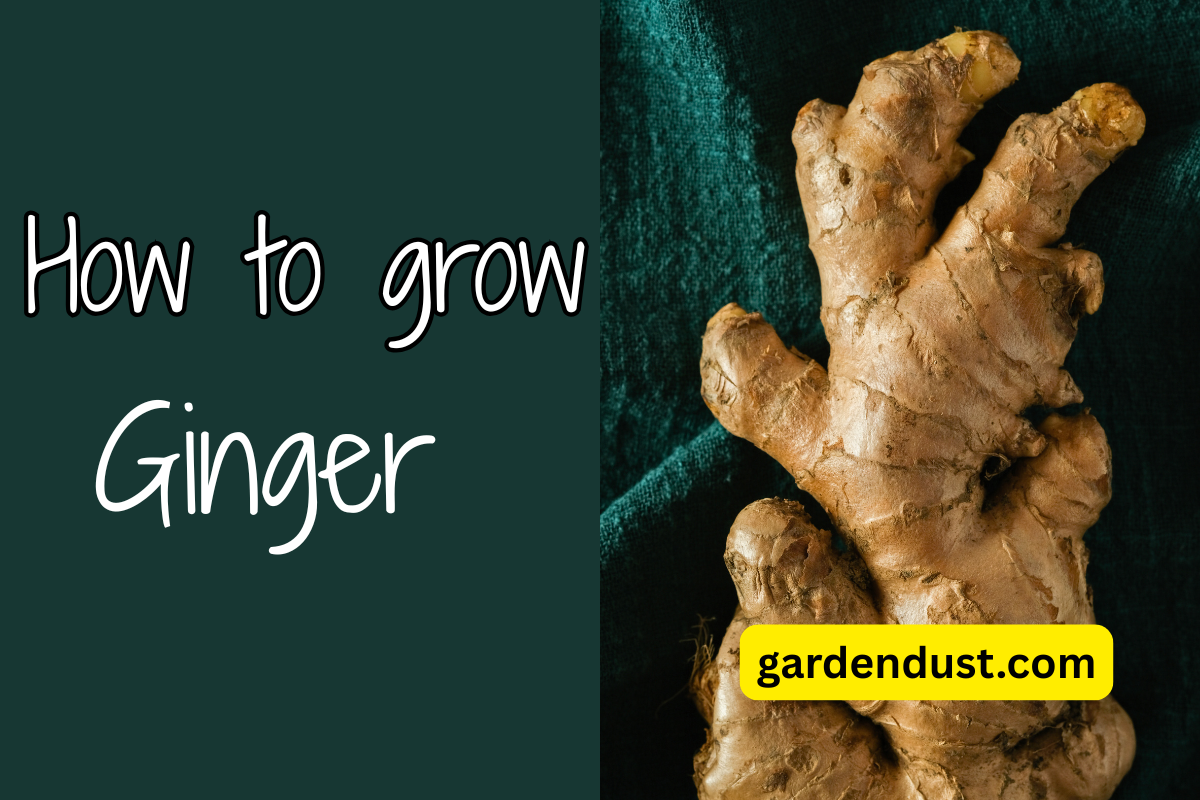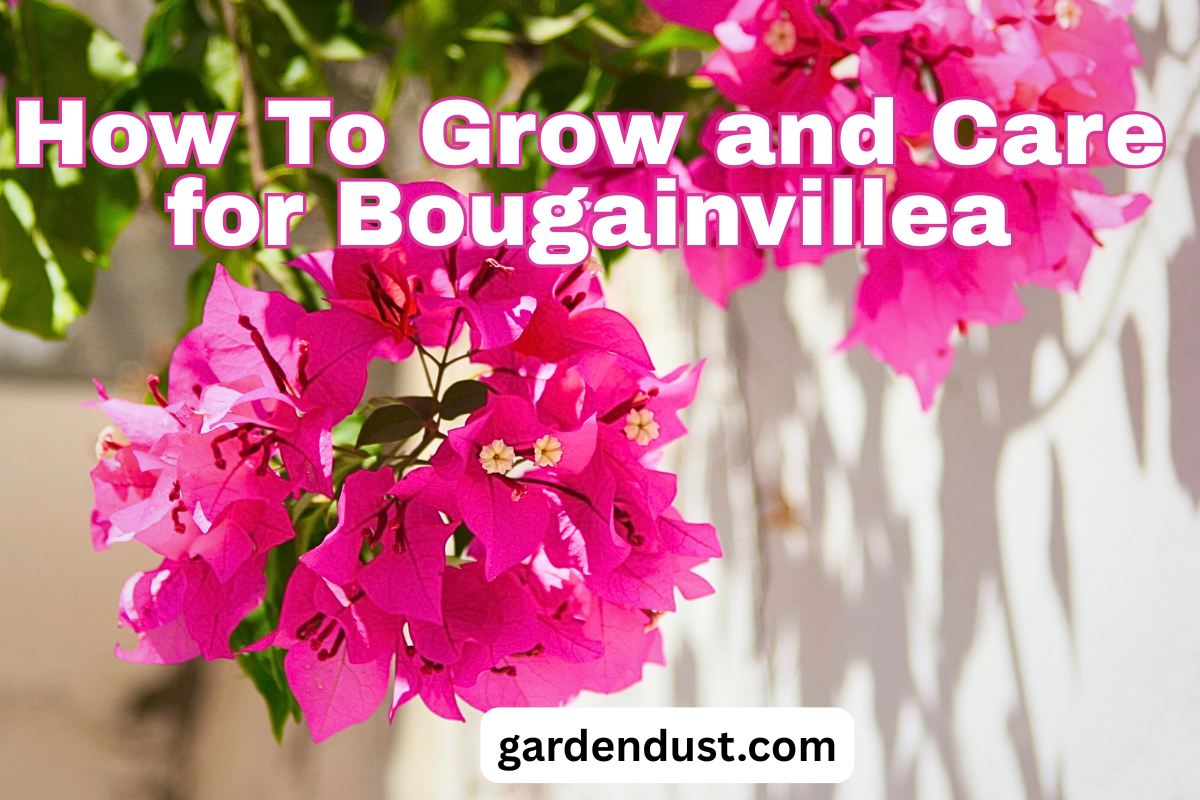Companion planting is an age-old practice of planting different crops together, which benefit each other in some way. The art of companion planting involves understanding the relationships between different plants and using them to your advantage. By carefully choosing which plants to grow together, you can improve soil health, increase pollination, repel pests, and maximize yields.
Companion planting has been used for centuries by gardeners worldwide. Indigenous communities have practiced it as a way to sustainably grow crops, while modern-day gardeners have adopted the technique as a way to reduce pesticide use and increase crop yields. The practice is rooted in the idea that certain plants have a symbiotic relationship with each other, where one plant benefits the other by improving soil quality, repelling pests, or providing shade and support.
One example of companion planting is the three sisters’ method used by Native American tribes. This involves planting corn, beans, and squash together in the same plot. Corn provides support for the beans to climb, while beans fix nitrogen in the soil, which corn needs to grow. Squash acts as a natural mulch, suppressing weeds and retaining moisture in the soil.
Another popular combination is planting basil and tomatoes together. Basil repels pests that commonly attack tomato plants, such as whiteflies and aphids. Tomatoes, in turn, provide shade for the basil and create a microclimate that encourages its growth. Similarly, planting marigolds with vegetables, such as tomatoes and peppers, can help repel nematodes and other pests.
Companion planting is also useful for attracting beneficial insects, such as bees and butterflies, to your garden. For example, planting flowers such as lavender, borage, and sunflowers alongside vegetables can help attract pollinators, which increases the number of fruit and vegetables you can harvest.
Companion planting can be used in any type of garden, from small urban plots to large-scale farms. However, it is essential to understand which plants should and shouldn’t be grown together. Some plants are known to inhibit the growth of others or attract pests, so it’s important to do your research before planting.
Here are some examples of plants that are commonly used in companion planting:
- Tomatoes – basil, marigold, onion, parsley
- Beans – corn, cucumber, pea, radish
- Corn – bean, cucumber, pea, squash
- Cucumber – bean, corn, pea, radish, sunflower
- Peppers – basil, onion, parsley, tomato
- Carrots- chives, onion, parsley
- Lettuce – beet, carrot, onion, radish
- Broccoli – basil, beet, onion, rosemary
- Spinach – onion, pea, strawberry
- Radish – cucumber, pea, spinach
- Squash – corn, marigold, pea
- Eggplant – beans, marigold
- Strawberry – borage, spinach, thyme
- Melon – corn, radish, sunflower
- Herbs – chamomile, chives, dill, fennel, oregano, sage, thyme
These are just a few examples of plants that can be used in Carrots companion planting. It’s important to do your research and choose plants that will work well together in your specific growing conditions. By using companion planting techniques, you can create a healthy and thriving garden that benefits both your plants and the environment.
In conclusion, companion planting is an excellent way to maximize yields and promote healthy plant growth. By understanding the relationships between different plants, you can create a thriving garden that requires fewer pesticides and fertilizers. So, whether you’re a seasoned gardener or just starting, consider incorporating companion planting into your garden planning. Not only will it help your plants grow, but it will also provide a more beautiful and diverse garden for you to enjoy. Happy Gardening…







